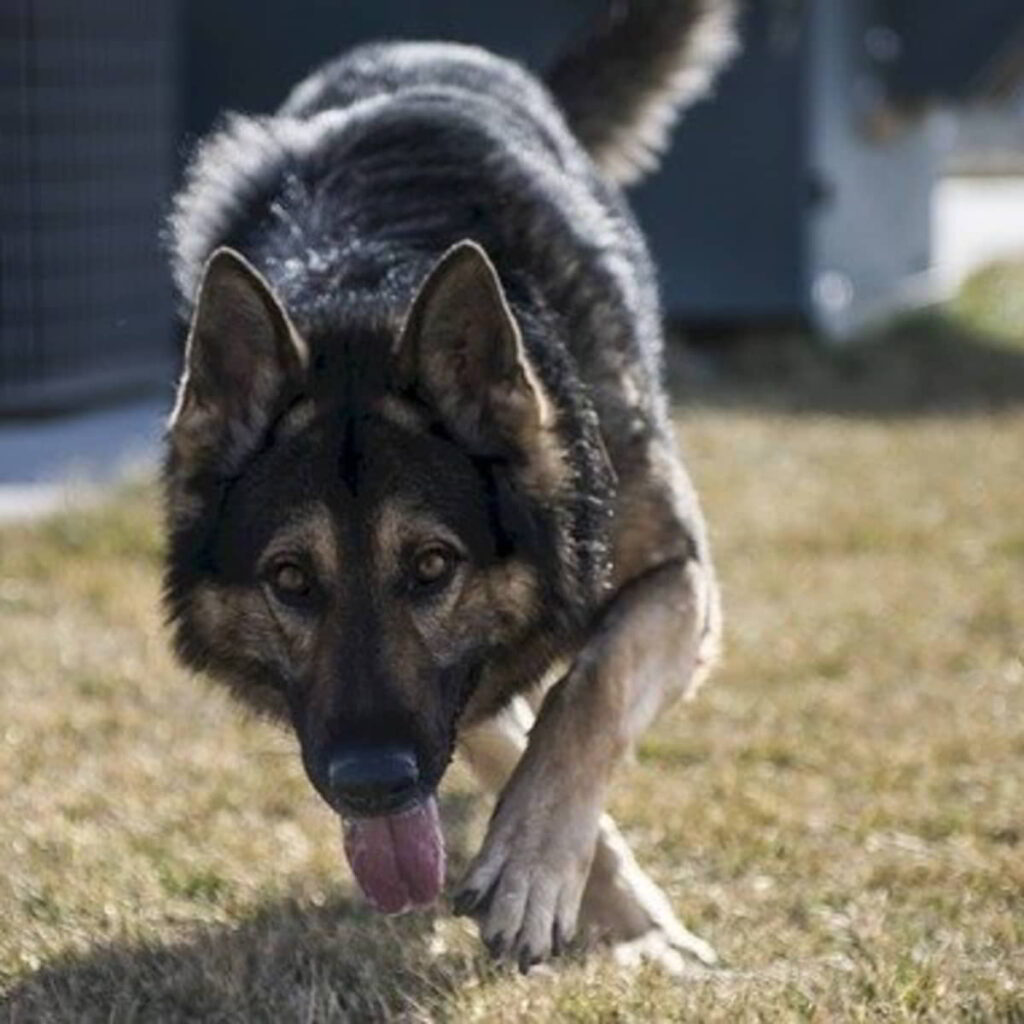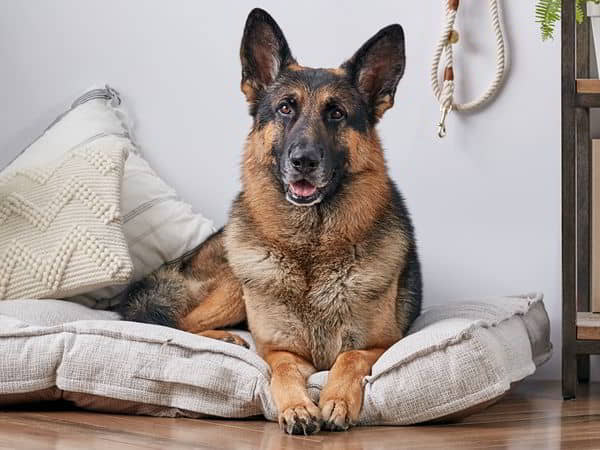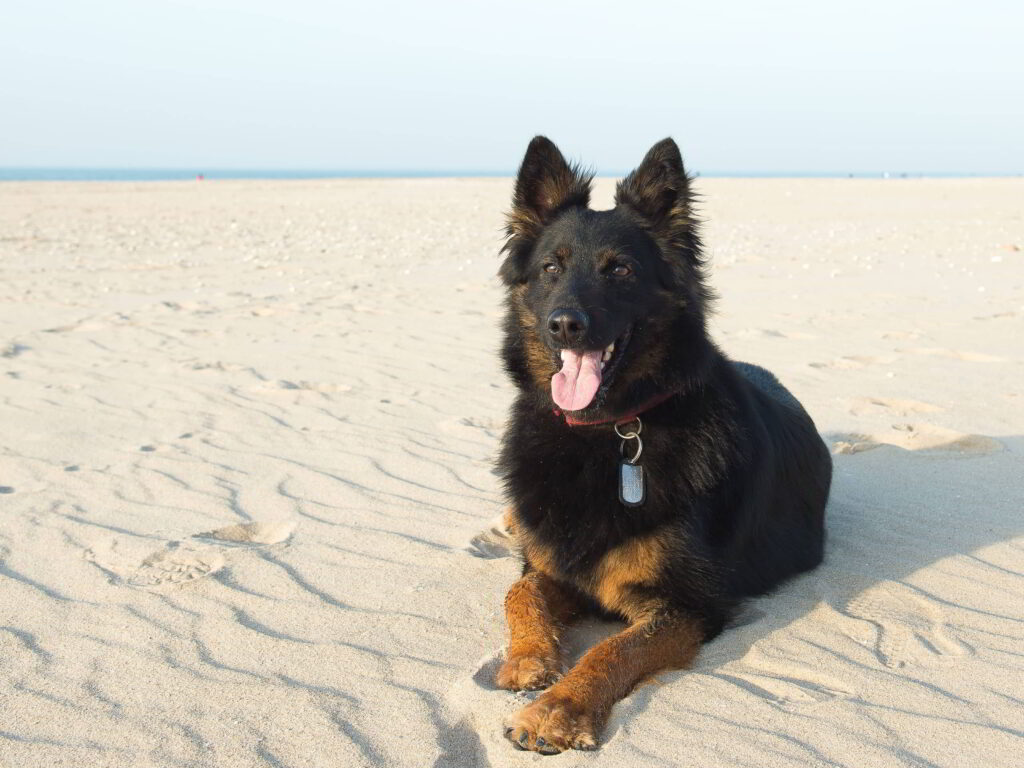Characteristics, History, Care Tips, and Helpful Information for Pet Owners
Czech Shepherd dogs, also called a Czech Working Line German Shepherds or Czech German Shepherd dogs, are a specific line of purebred German Shepherd dogs. In the purebred dog world, it’s common for some breeds to have different lines within the same breed, for instance, “show lines” and “working lines” or “hunting lines.” Though these dogs are purebreds of exactly the same breed, and generally follow the same breed standard, show and functioning lines have an emphasis on different traits. Specifically, working lines of dogs are bred primarily for his or her working instincts and abilities, with their appearance falling further down on the list of importance.
There is no separate official breed standard for the Czech Shepherd dog. As a line of German Shepherd dog, breeders of Czech Shepherd dogs use an interpretation of the German Shepherd dog breed standard. Czech Shepherd dogs look similar to other German Shepherd lines, though Czech Shepherds usually have a straighter topline (back), thicker head, heavier paws, and deeper chest than American show-bred German Shepherd dogs. Czech Shepherd dogs are affectionate with their families, including respectful children.
In temperament, Czech Shepherd dogs are high energy and full of drive-a step up in intensity from show-bred German Shepherd dogs (a breed that is already powerful, athletic and full of energy). Czech Shepherds are also more often found in darker colors like sable that’s almost black and solid black, whereas show-bred German Shepherds are usually black and tan or black and red. Some get along well with other pets, but some may get scrappy with other house animals, including other canines. Czech Shepherd dogs are highly trainable, biddable, protective, brave, and loyal.

| Breed Overview GROUP: Herding WEIGHT: 60 To 100 Pounds HEIGHT: 22 To 26 Inches Tall At The Shoulder COAT: Coarse, Medium-Length Double Coat COLORS: Most Colors Are Acceptable, Such As Bicolor, Black And Tan, Dark And Cream, Black And Red, Black And Silver, Solid Black, Gray, Sable LIFE EXPECTANCY: 7 To 10 Years |
Characteristics of the Czech Shepherd
| Affection Level | Medium |
| Friendliness | Medium |
| Kid-Friendly | High |
| Pet-Friendly | Medium |
| Exercise Needs | High |
| Playfulness | High |
| Energy Level | High |
| Trainability | High |
| Intelligence | High |
| Tendency To Bark | High |
| Amount Of Shedding | High |
History of the Czech Shepherd
All German Shepherd dogs can trace their lineage back to the very first dog ever registered as a “German Shepherd dog.” This dog, Horand von Grafrath, was used in a breeding program by Captain Max von Stephanitz, the founder of the German Shepherd Dog breed. Throughout its 100-plus year history, the German Shepherd Dog been popular in many different parts of the world, and various breeders have leaned toward different breed preferences.
Czech Shepherd dogs are similar to another line of working German Shepherd dogs that hail from East Germany and are usually known as East German Working Line of German Shepherds. This is not surprising since the former Czechoslovakia (now the Czech Republic) shared a border with East Germany. Czech Shepherd dogs were used by Czechoslovakia’s border patrol army, so breeding programs emphasized protection and defense.
Czech Shepherd Care
Like the German Shepherd dog, the Czech Shepherd dog’s medium-length double coat sheds abundantly. Brush once a week (more often if you want to cut down in hair in the house). Shedding aside, Czech Shepherds are wash and wear, needing only occasional baths, biweekly nail trims, and ear cleaning every few weeks.
Czech Shepherds require a huge amount of training and exercise. Most won’t be content to hang around with nothing to do-this is a breed that needs a job. Like the German Shepherd, Czech Shepherds are extremely smart and highly trainable. Consider instruction for a competitive dog sport like agility, disc canine events, or schutzhund, which tests working skills like tracking (scenting), obecomedience, and protection. Provide ample daily exercise and mental stimulation, including off-leash running, hiking, retrieving, and obedience training.
Provide Czech Shepherd puppies with lots of socialization early so they grow up to be accepting of friendly strangers. Czech Shepherds like to use their voices, but they are not known to bark incessantly for no good reason-if yours sounds the alarm, you’ll want to check things out.

Common Health Problems
Czech Shepherds are prone to the same genetic issues have been identified in the German Shepherd, including hip dysplasia, elbow dysplasia, and degenerative myelopathy (a disease of the spinal cord). Bloat (gastric dilatation volvulus), a condition where the stomach fills with air and twists on itself, is also a concern. Breeders of working line dogs generally pride themselves in making the health of their breeding dogs a priority, testing their adult dogs prior to including them in their breeding programs.
Diet and Nutrition
Highly active dogs like Czech Shepherds should eat an energy-dense, high-quality food. If you’re not sure what to feed your Czech Shepherd, or how much to feed, talk to a breeder or ask your veterinarian for advice. Because they tend to get a lot of exercise, obesity isn’t usually a huge concern in the breed, but sedentary older Czech Shepherds might need a lower-calorie diet to prevent weight gain, which can exacerbate joint disorders like arthritis and hip and elbow dysplasia, and may lead to other health issues like diabetes.
Pros
- Highly trainable
- Loyal and discerning
- Effective guard dog
Cons
- Needs huge amounts of exercise
- Require daily mental stimulation
- May not get along with other pets

Where to Adopt or Buy
The Czech Shepherd dog may not be the best choice for the average pet owner, but experienced dog owners looking for a high-octane performance dog or working dog can be a good match for the Czech Shepherd. It’s best to look for a breeder who lives in your own country rather than try to import a puppy. If you are interested in adoption, some Czech Shepherds that prove too intense for the average owner may also end up in animal shelters and rescue groups.
More Dog Breeds and Further Research
If you like the Czech Shepherd Dog, you might also like these breeds:
- Belgian Malinois
- Dutch Shepherd
- German Shepherd
Otherwise, check out all of our other dog breed articles to help you find the perfect dog for you and your family.
By Dog Care Tip
